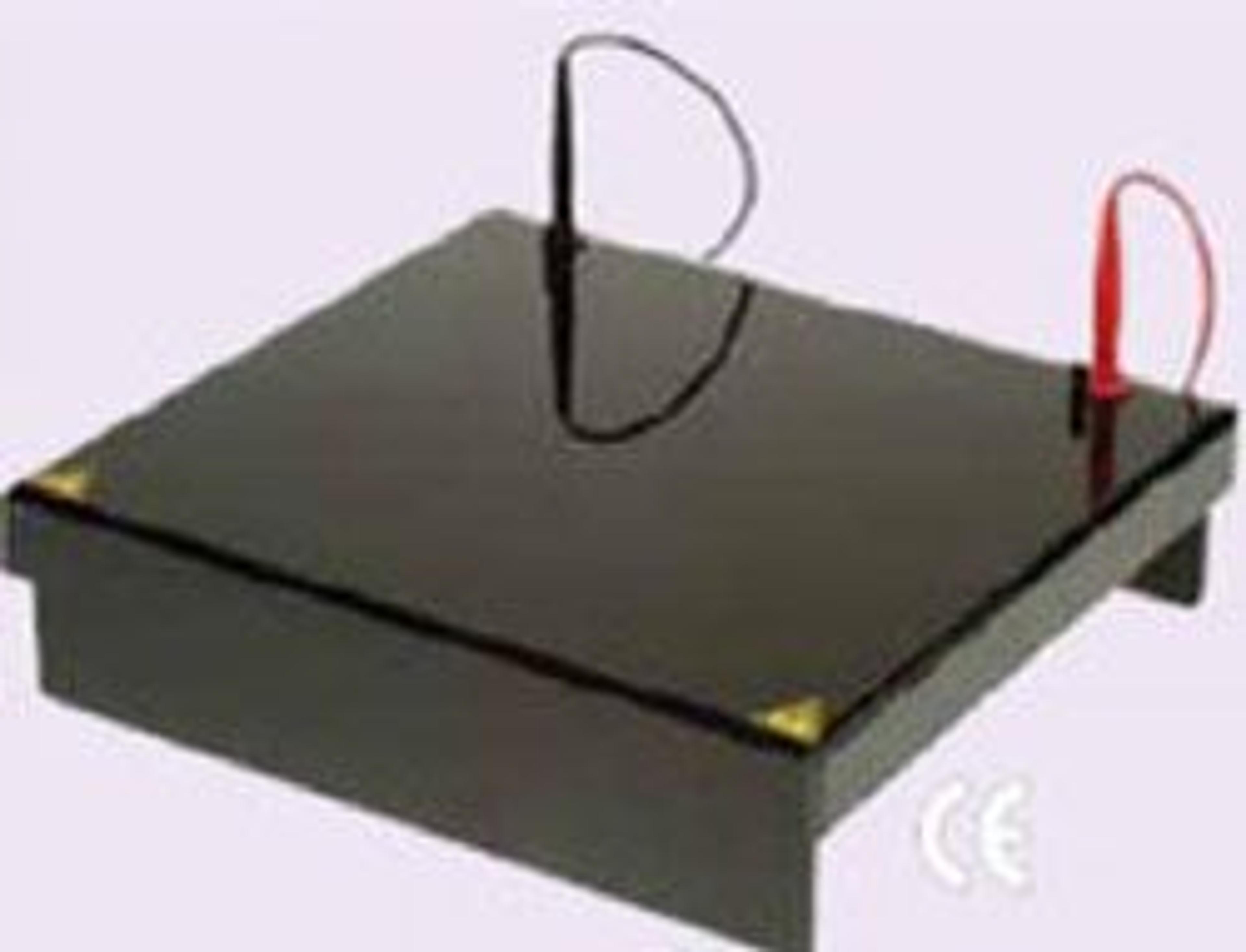Cleaver Scientific Has Introduced the Innovative New COMPAC-50 High Throughput COMET Assay System
2 Oct 2014
Developed in collaboration with the Oxidative Stress Group at the University of Leicester (Leicester, UK), the unique design of the COMPAC-50 enables simultaneous electrophoresis of up to 50 COMET Assay slides saving considerable lab space and reducing slide handling time by up to two-thirds when compared to previous standard methods. This would equate to a significant time-saving of up to 90% when handling 50 COMET Assay slides.
The COMET Assay is an increasingly popular procedure for assessing DNA damage, both in academic and commercial research labs. Recently the COMET Assay has been introduced into standard tests, used for genotoxicity, by the pharmaceutical industry and for the regulation of chemicals within the European Commission’s Registration, Evaluation and Authorisation of Chemicals Programme. However, the sample throughput of the COMET Assay has traditionally been a limiting factor, typically limited to handling smaller numbers of slides, and a time-consuming procedure due to their individual manipulation.
The COMPAC-50 incorporates a novel methodology by which multiple slides may be simultaneously manipulated, and undergo electrophoresis, in batches of 25 rather than individually. This decreases assay time by 60%, and offers users the benefit of an electrophoresis tank with a substantially smaller footprint, and more uniform orientation of gels during electrophoresis, than is currently commercially available. This new high-throughput COMET Assay device will greatly increase the number of samples that can be analysed, decrease assay time, reagent requirements and risk of damage/loss of fragile low melting point gels. The new methodology employed by the COMPAC-50 is likely to make a significant impact upon the growing applications of the COMET Assay and be widely adopted as it makes a cumbersome assay much more refined.

